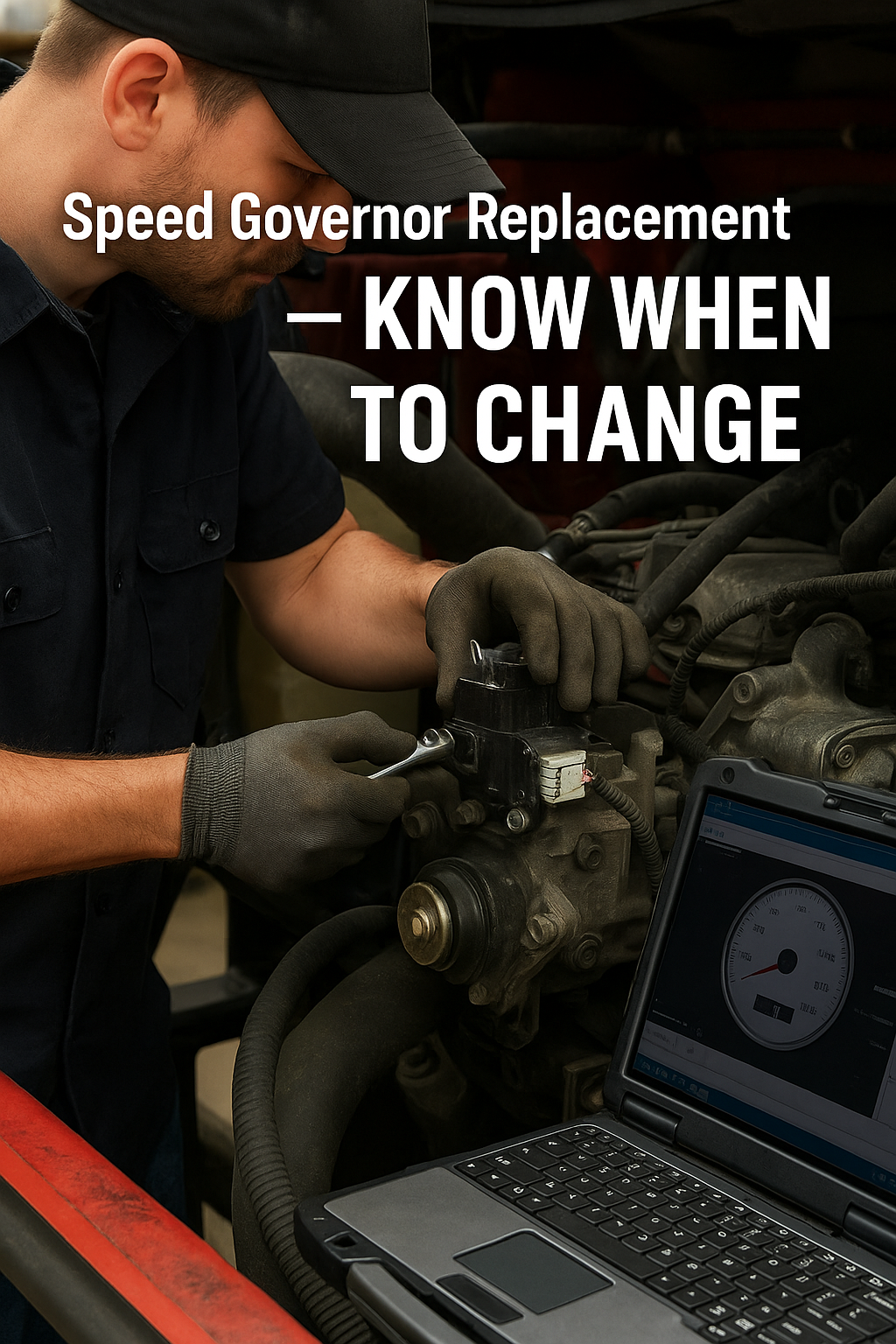
When Should You Change Your Speed Governor on a Diesel Truck?
Share
The speed governor — also known as a speed limiter — is a programmable setting in your diesel vehicle's ECM that caps how fast your truck can go. While often overlooked, adjusting this setting can have a major impact on safety, compliance, performance, and fuel economy.
So when is the right time to change your speed governor — and how can you do it with confidence?
Let’s break it down.
1. Regulatory Compliance
Many states, countries, and fleet operations require trucks to operate under a maximum speed limit (e.g., 65 or 68 MPH). If you're expanding into new routes or jurisdictions, adjusting the speed governor ensures:
-
✅ Legal compliance with regional transport rules
-
✅ Fewer violations and penalties
-
✅ Smoother DOT inspections
With a NoFeeDiesel scanner, you can quickly view or modify this setting to stay compliant without relying on the dealer.
2. Fleet Safety & Standardization
Lowering a truck’s top speed is one of the most effective ways to reduce accident risk — especially for:
-
New drivers
-
Urban delivery routes
-
Heavy towing applications
-
Ice, snow, or off-road conditions
Fleet owners often cap speed to maintain consistent driving behavior, reduce liability, and improve CSA scores.
3. Fuel Efficiency Optimization
Speeding wastes fuel — fast. The faster a truck moves, the higher the aerodynamic drag and RPM load. Adjusting the governor helps:
-
Improve MPG by up to 10–15%
-
Reduce idling and high-RPM cruising
-
Smooth throttle use and torque curves
Over time, this translates into thousands in fuel savings for fleet operators and owner-operators alike.
4. Mechanical Longevity
Speed governors also protect your:
-
Tires
-
Drivetrain
-
Engine
-
Emission control components
By limiting high-speed stress, you extend component life, reduce unplanned repairs, and keep maintenance costs in check.
5. Emission System Protection
DPF and SCR systems function best within moderate speed/load ranges. Excessive highway speeds can:
-
Trigger premature regen cycles
-
Raise DEF consumption
-
Increase NOx output and backpressure
Adjusting your governor helps maintain emissions compliance and system reliability — especially in newer EPA-compliant trucks.
6. Custom Use Cases
For special-duty vehicles (e.g., off-road trucks, agriculture, emergency response), you may want to raise or lower the governor to better fit the truck’s purpose. A diesel diagnostic laptop lets you fine-tune:
-
Top speed
-
Throttle response
-
Cruise control thresholds
-
Idle shutdown timers
You’re no longer stuck with the dealer’s default limits.
How to Change Your Speed Governor (Legally & Safely)
Using a NoFeeDiesel diagnostic laptop, With proper authorization, you’ll be able to:
-
View current speed limit
-
Adjust governor settings
-
Save and apply changes
-
Log modifications for DOT recordkeeping
A Word of Caution
Always follow manufacturer guidelines and verify your changes comply with:
-
State/federal transportation laws
-
Emission regulations
-
Safety inspection limits
-
Insurance requirements (if applicable)
Never disable a limiter without understanding the risks.
Ready to Take Control?
At NoFeeDiesel, we give you the tools to:
-
Tune your truck’s performance
-
Adjust speed governors legally
-
Skip the dealer
-
Own your diagnostics with no subscription fees ever
